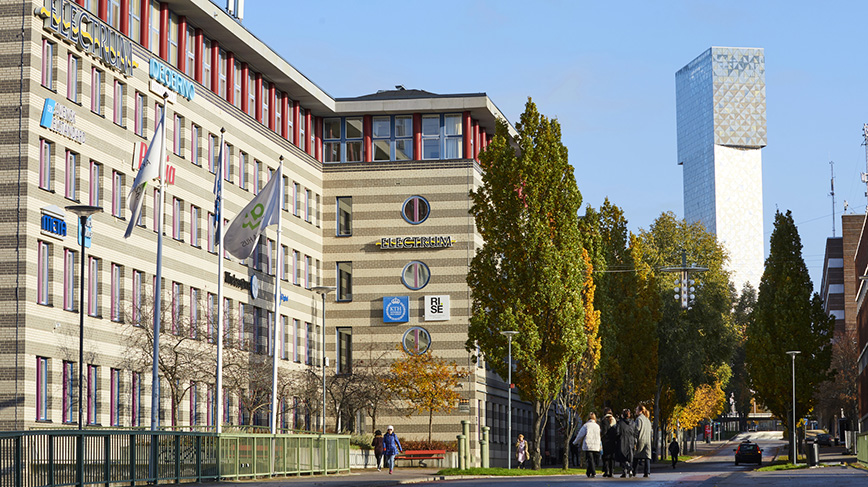Report on Electrum Lab shows different paths

The study on the Electrum laboratory carried out this spring is now finalized. It results in a number of recommendations, sheds light on the use and economy, and shows four possible options for the future.
"It is important to clarify what role KTH wants to play in the Swedish part of the European Chips Act,’ says Stefan Bengtsson, former President of Chalmers and Professor of Solid State Electronics and the author of the report.
The investigation was decided as a result of the University Board's decision in November last year to concentrate KTH's activities on three campuses and thus move the activities from Kista, with the exception of the Electrum lab, which was to be investigated instead.
Four scenarios
The report, which is based on some 30 interviews, reveals that the four different scenarios that KTH will look at are:
1. Continue as before. The lab has largely the same conditions and activities as today, but one can consider who should be the principal.
2. Focus on research and education in semiconductors, i.e. the academic use of the lab, and KTH continues to be the principal.
3. Invest in research and education in semiconductors but find another principal.
4. Wind up or move the academic activities at the lab and KTH leaves it.
Together with the Nanolab at Albanova, the Electrum lab is one of four nodes for micro- and nanofabrication in Sweden. Together with nodes at Uppsala University, Lund University and Chalmers, they form the national research infrastructure Myfab, which will be evaluated by the Swedish Research Council.
In the long run
“I think it's important that KTH is ready with its decision on direction before the Swedish Research Council starts evaluating Myfab in the autumn, so that it's clear what applies,” says Stefan Bengtsson.
When it comes to the time perspective, Stefan Bengtsson, in his report, is clear that the strategic decisions that KTH makes should be long-term.
"It's important that the decisions we make extend at least five to ten years into the future. In about ten years' time, it is likely that some major investments will need to be made in the cleanroom laboratory itself. “
The report will now be discussed internally at KTH, where the various pros and cons need to be carefully weighed against each other.
"The report provides us with a very good knowledge base and also insightful observations and recommendations. An important conclusion is that a decision regarding the long-term choice should be made no later than autumn 2024, so that is our next step,” says President of KTH Anders Söderholm.
The investigation (in Swedish) Slutrapport (pdf 2.3 MB) was initiated in connection with the University Board's decision on campus relocations on 22 November 2023.
Text: Jill Klackenberg
